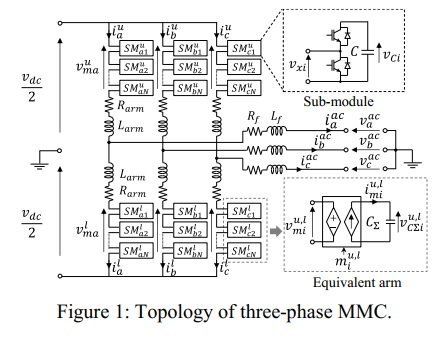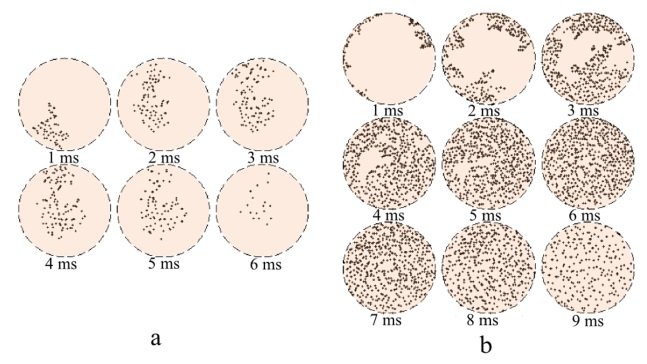Phd Priscillia DANIEL “Electrical properties study of cross-linked polyethylene insulated cables in presence of gaseous cavities aged under DC or DC with harmonic voltages”
This study aims to examine possible impact of these harmonics in presence of microcavities. Depending on their size and on the electrical field, partial discharges (PD) can occur in these microcavities. Two types of cables have been aged: a medium voltage AC (MVAC) cable with millimetric cavities induced artificially and a model cable with an HVDC XLPE grade.







